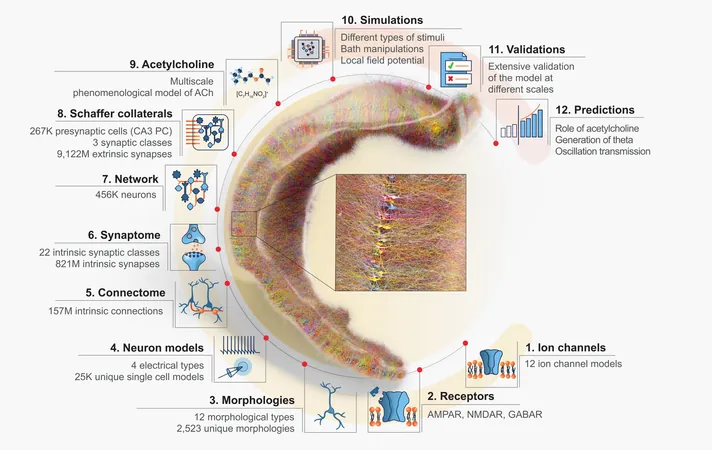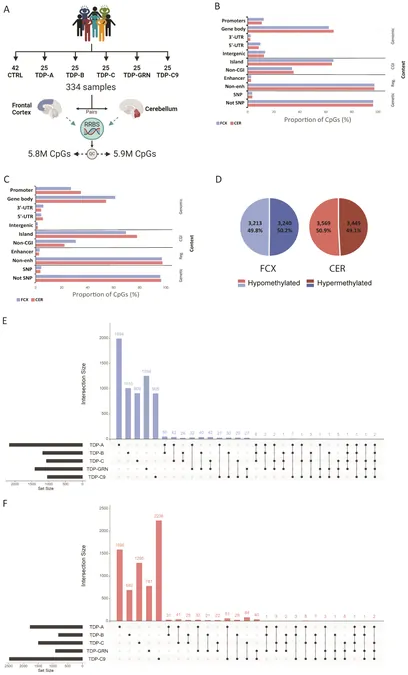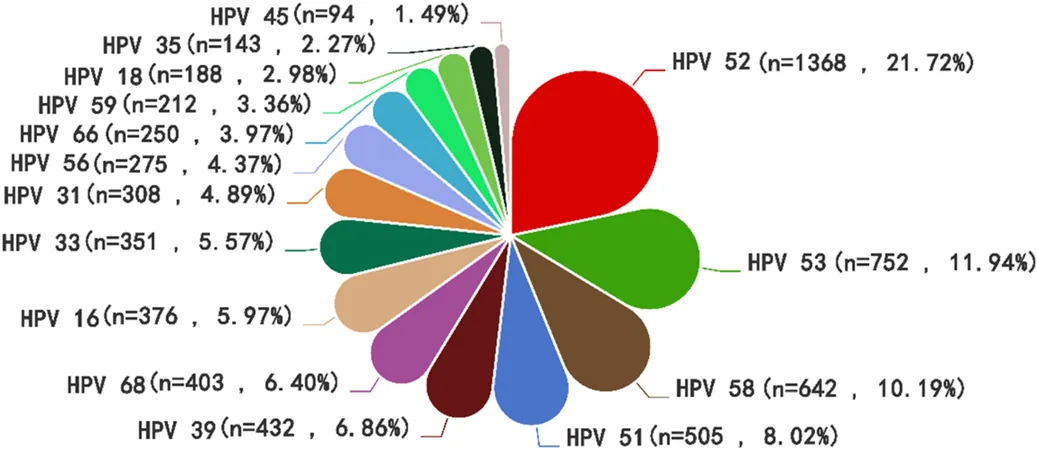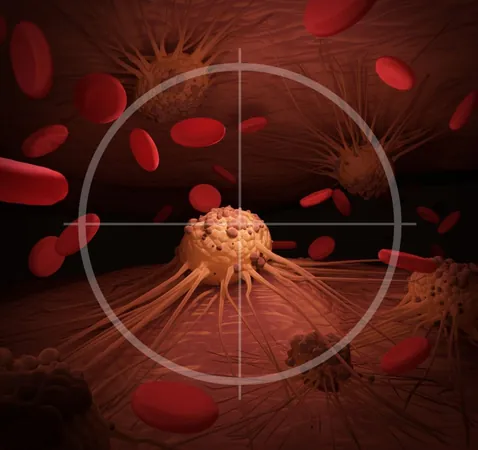
Revolutionary In Silico Model of Rat Hippocampal CA1: A Leap Towards Understanding Memory and Neurological Disorders!
2024-11-05
Author: Emily
Introduction
In a groundbreaking study recently published in PLOS Biology, researchers have unveiled an advanced in silico model of the rat hippocampal CA1 region that could transform our understanding of memory and spatial navigation. This cutting-edge model stands out for its ability to amalgamate diverse experimental data—from the minutiae of synapses to the broader network interactions—offering a comprehensive lens into hippocampal functionality.
The Importance of the Hippocampus
The hippocampus is an essential part of the brain responsible for memory formation and navigation. Grasping its intricate dynamics has been a formidable challenge for neuroscientists, as traditional research often zeroes in on isolated components like synaptic transmission or neuronal connectivity. Integrating these disconnected datasets into a cohesive model has historically posed significant obstacles.
Community-Driven Design
What sets this new model apart is its community-driven design, which harnesses a wealth of data from various experimental methods—ranging from electrophysiology and imaging to molecular biology. By synthesizing this information, the model elucidates the interplay between different hippocampal components and their collective role in brain function.
Key Features of the Model
One key feature of the model is its capability to simulate thousands of neurons and synapses simultaneously. This function is invaluable, enabling researchers to explore the emergent properties of these networks. Such insights are critical for deciphering how the hippocampus processes information and investigating how any disruptions might lead to neurological disorders like Alzheimer's disease, epilepsy, or schizophrenia.
Interdisciplinary Collaboration
The development of this comprehensive model underscores the power of interdisciplinary collaboration, drawing on expertise from a variety of scientific domains. By providing a robust framework for testing hypotheses and guiding future investigations, this model is poised to become an indispensable tool for researchers examining the hippocampus and interconnected brain areas.
Implications for Future Research
As we venture deeper into this new era of computational neuroscience, the implications of this study resonate profoundly. It not only represents a significant stride toward unraveling the complexities of hippocampal function but also holds promise for stimulating research into the underlying mechanisms of neurological disorders. With the potential to direct treatment strategies and improve patient outcomes, this innovative model could be a cornerstone in the quest for understanding—and ultimately treating—conditions that impair memory and cognition. Stay tuned, as this development could change the way we think about brain health forever!









 Brasil (PT)
Brasil (PT)
 Canada (EN)
Canada (EN)
 Chile (ES)
Chile (ES)
 Česko (CS)
Česko (CS)
 대한민국 (KO)
대한민국 (KO)
 España (ES)
España (ES)
 France (FR)
France (FR)
 Hong Kong (EN)
Hong Kong (EN)
 Italia (IT)
Italia (IT)
 日本 (JA)
日本 (JA)
 Magyarország (HU)
Magyarország (HU)
 Norge (NO)
Norge (NO)
 Polska (PL)
Polska (PL)
 Schweiz (DE)
Schweiz (DE)
 Singapore (EN)
Singapore (EN)
 Sverige (SV)
Sverige (SV)
 Suomi (FI)
Suomi (FI)
 Türkiye (TR)
Türkiye (TR)
 الإمارات العربية المتحدة (AR)
الإمارات العربية المتحدة (AR)